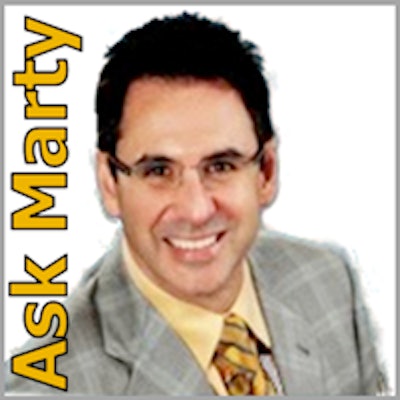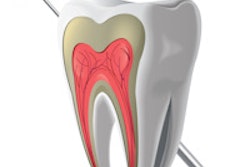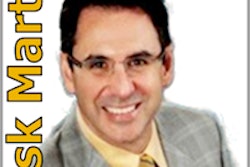
Q: What are you using to cement your zirconia and e.max crowns?
A: That is a great question, as the number of all-ceramic crowns is surpassing the number of porcelain fused to metal crowns being delivered in the U.S.
The most important part of cementation is not the cementation at all; it is tooth preparation. If you have prepared the tooth properly for the crown, no matter what cement you use it should retain the crown.
Having said that, I understand that in many cases we cannot prepare a tooth ideally and so need some assistance from cements to help retain the crown. This is especially true with second molars.
Full zirconia restorations such as BruxZir crowns (Glidewell Laboratories) are very strong and are being used in many cases as an alternative to full gold crowns -- even on second molars! The strength of zirconia means that you can cement the crown with any cement that you want to.
I would recommend either a resin-based cement or a resin-modified glass ionomer cement. Removing zirconia crowns is not very easy, should the need arise. Resin-modified glass ionomer cements will give you a chance to retrieve the crown.
When we first started placing zirconia crowns, we had nothing to bond them with, but we do now. If you choose to bond a zirconia crown because of limited retention, then you can use products such as Kerr's OptiBond XTR or Bisco's Z-Prime Plus. Follow the manufacturer's instructions and place the crown with the resin cement of your choice.
e.max (Ivoclar Vivadent) or lithium disilicate crowns are great all ceramic restorations where the aesthetics demands of the patient are high. Assuming the crown has adequate retention then you can use resin modified glass ionomer or a self-etch resin cement. Both of these should adequately retain the crown. If you have less retention than you would like, then you can bond on the e.max crown. You can etch the gingival margin if you have any enamel and then cement with a self-etch resin cement such as 3M ESPE's RelyX Unicem 2 or Kerr's Maxcem Elite.
Cementing all-ceramic crowns is not difficult, but remember -- you need a clear, dry field as in all bonding procedures.
Marty Jablow, DMD, lectures and consults extensively about integrating technologies into the modern dental practice (www.dentaltechnologycoach.com). If you have a technology question for Dr. Jablow, send it to [email protected].
The comments and observations expressed herein do not necessarily reflect the opinions of DrBicuspid.com, nor should they be construed as an endorsement or admonishment of any particular idea, vendor, product, or organization.



















